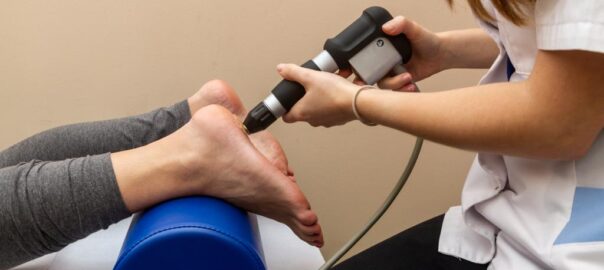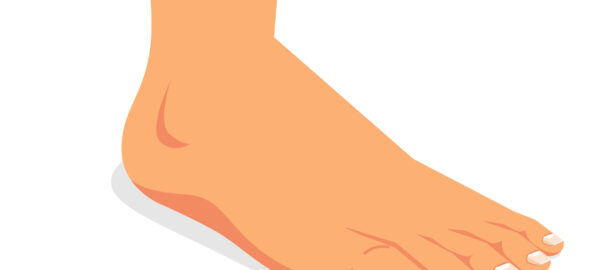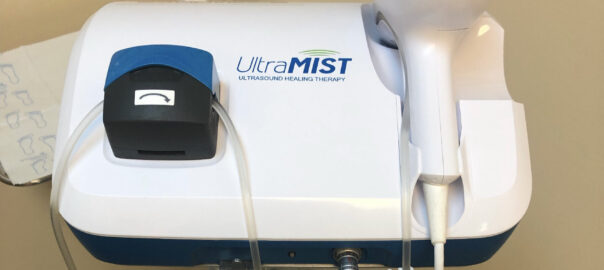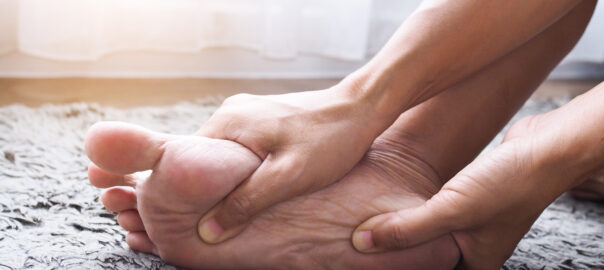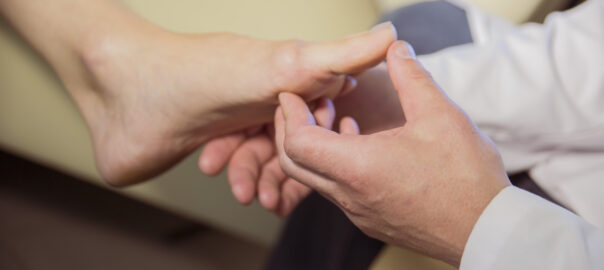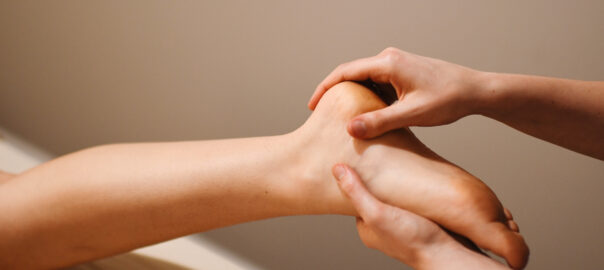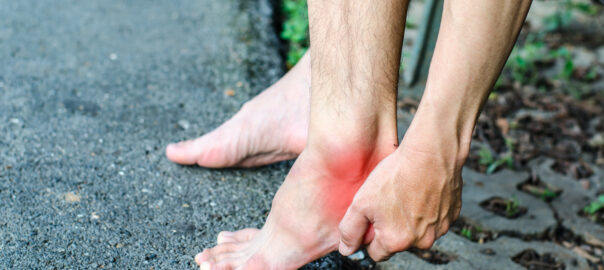MLS Laser Treatments for Foot Pain
Chronic heel pain is one of the most common forms of foot pain in adults. Most of heel pain is caused by plantar fasciitis. Low level laser therapy (LLLT) offers a quick, painless, non-invasive, side-effect free alternative to relieve the debilitating pain of plantar fasciitis.
Low level laser therapy accelerates the body’s natural healing process by energizing the biochemical responses within our cells.
Low-level laser therapy has been found to be effective in numerous medical conditions and associated symptoms. Regardless of the condition for which it is used, LLLT has pain-relieving and anti-inflammatory properties, it helps with edema and promotes faster healing.
It has been demonstrated that this therapeutic solution could relieve short-term pain in multiple acute and chronic conditions such as rheumatic disorders, neck pain, chronic joint disorders, tendinopathy.
Five common foot ailments:
Arthritis
MLS can reduce swelling and increase your range of motion and mobility for rheumatoid arthritis, gout, osteoarthritis, or post-traumatic arthritis, the constant pain and stiffness in your feet can make it hard to walk.
Foot neuromas
MLS stops the pain of diabetic feet and foot neuromas, it can help heal the tissue that’s causing the pain.
Plantar fasciitis
MLS laser can help if you have a plantar fasciitis.
Tendonitis
MLS targets that inflammation and stops the discomfort so you can get moving again.
Sprains/strains
Some of the most common foot and ankle injuries are sprains and strains. MLS helps to ease the pain and help the tissues regenerate and heal.
Call to schedule an appointment for any our Chicago podiatry offices: 773-205-0106


